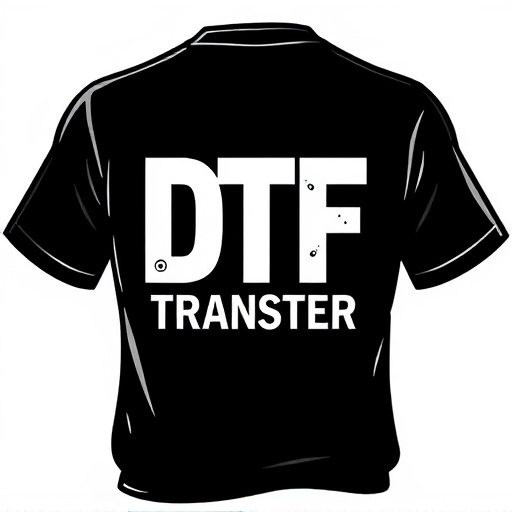Smog checks are crucial for regions with high pollution levels, and Legal Cold Air Intake (CAI) systems can improve combustion efficiency while adhering to environmental regulations if properly engineered and installed. These systems draw in cooler, cleaner air but may alter a vehicle's emissions profile, so drivers should opt for certified legal CAI systems that meet rigorous testing standards to avoid smog check failures. Understanding local emission standards is vital before installation to ensure compliance and minimize harmful pollutants associated with vehicle modifications.
“In many regions, smog checks are not just a passing requirement but a vital tool for maintaining air quality. This article delves into the intricate relationship between these tests and cold air intake (CAI) systems in vehicles. We explore how legal cold air intake systems play a crucial role in reducing emissions while enhancing performance. Understanding the impact of smog standards on CAI modifications is essential, especially as we navigate stricter emission regulations. By examining these aspects, you’ll gain valuable insights into optimizing both your vehicle’s environmental footprint and its overall performance.”
- Understanding Smog Checks and Their Impact on Cold Air Intake Systems
- Legal Requirements: Emission Standards for Vehicle Modifications
- Optimizing Performance: The Role of Legal Cold Air Intake Systems in Emissions Control
Understanding Smog Checks and Their Impact on Cold Air Intake Systems

Smog checks, also known as emission tests, are mandatory environmental inspections designed to ensure vehicles meet specific pollution standards. These tests measure the amount of pollutants, such as nitrogen oxides and particulate matter, released by a vehicle’s exhaust system. In regions with high air pollution levels, smog checks play a crucial role in maintaining clean air quality. When it comes to cold air intake (CAI) systems, understanding their impact on these tests is essential for legal compliance and optimal vehicle performance.
Legal cold air intake systems are designed to draw in cooler, cleaner air from outside the engine compartment, enhancing combustion efficiency. However, some CAIs may alter the emissions profile of a vehicle. If not properly engineered and installed, they can introduce additional pollutants into the exhaust stream, potentially failing smog checks. To avoid this, it’s vital to choose legal CAI systems that are emission-legal and certified by relevant authorities. These systems undergo rigorous testing to ensure they do not compromise vehicle emissions standards, allowing drivers to enjoy enhanced engine performance while adhering to environmental regulations.
Legal Requirements: Emission Standards for Vehicle Modifications

In many regions, modifying a vehicle’s emission system, including the installation of cold air intake (CAI) systems, is subject to strict legal requirements aimed at maintaining clean air and public health. These regulations set specific emissions standards that must be met for any aftermarket modifications. It’s crucial to understand these standards before installing a CAI or any other performance-enhancing parts, as failure to comply can result in legal consequences.
The legality of a modified exhaust system hinges on its impact on the vehicle’s emissions output, particularly regarding pollutants like nitrogen oxides and particulate matter. Cold air intake systems, by drawing air from outside the engine compartment, can potentially reduce some emissions, but they may also increase the overall complexity of the exhaust system, requiring careful consideration to ensure compliance with local emission standards.
Optimizing Performance: The Role of Legal Cold Air Intake Systems in Emissions Control

Optimizing vehicle performance and ensuring environmental compliance go hand in hand, especially when it comes to emissions control. Legal cold air intake (CAI) systems play a pivotal role in this process. By allowing a greater volume of cool air into the engine, these systems enhance combustion efficiency, leading to reduced emissions. Cooler air is denser, which means more fuel can be burned, resulting in improved power output and better overall performance.
Moreover, legal CAI systems are designed to direct airflow efficiently, ensuring that the engine receives a consistent supply of clean, cold air. This not only optimizes fuel combustion but also helps in meeting stringent emissions standards. By promoting cleaner burning, these systems contribute to minimizing harmful pollutants, making them an essential component in the ongoing efforts to create a greener and more sustainable transportation system.
Smog checks play a pivotal role in maintaining vehicle emissions within legal limits, especially for modified vehicles. Understanding these regulations and their impact on cold air intake (CAI) systems is essential for optimal performance and compliance. Legal cold air intake systems designed for emissions control not only enhance vehicle efficiency but also ensure that modifications meet environmental standards. By adhering to emission standards, car owners can avoid legal issues and contribute to a cleaner, more sustainable environment.














